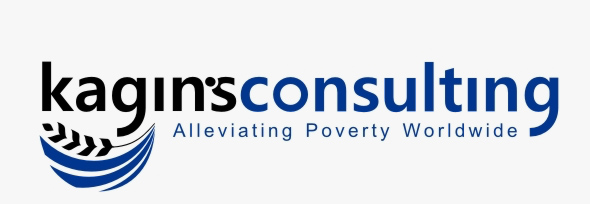Integrated Demand Analysis Platform: Economic Disruptions Caused by COVID-19
Area: Africa
Partner Agency: United Nations World Food Programme (WFP)
Timeline: 2019-2021
Project Abstract: This project seeks to support the World Food Programme (WFP) in better understanding economic disruptions caused by the COVID-19 pandemic on households and at the local economy level. It aims to facilitate country-specific situation analysis as a consequence of the COVID-19 outbreak, but is also a continuation of the previous assignment (May 1st-Nov 30th 2019); hence, it provides a basis for improvements and adjustments of the current version of the Integrated Demand Analysis Platform (IDAP), as well.
This project adjusts the current platform by introducing COVID-19 related scenarios within the LEWIE model. It develops and implements a stylized version of IDAP to provide timely output given the rapidly evolving pandemic. This stylized model builds on an extensive body of research modeling general-equilibrium impacts on heterogeneous household groups, and it derives micro-econometric estimates from a number of countries in which LEWIE models exist. These estimates have been aggregated to represent different groups of countries with certain common features, including food-import dependency, trade openness, strength of local supply chains and income level, optimally classified using a clustering algorithm programmed in Python, an open-source platform. We explore the use of remote continuous food security and market monitoring data to inform scenarios simulated in the model as the COVID-19 situation evolves in different countries. The model was built to be informative enough to support decision making but lean enough to require no additional microdata besides what the WFP normally collects. The latter is to ensure scalability.
The published article based on this report is accessible by the link in the title below:
A Local General-Equilibrium Emergency Response Modelling Approach for Sub-Saharan Africa
Article Abstract: Swift response models are vital tools for emergency assistance agencies. The COVID-19 pandemic revealed the lack of economic models for short-run policy relevant research to anticipate local impacts and design effective policy responses. The most direct effects of the pandemic and lockdown tended to be concentrated in urban areas; however, markets quickly transmitted impacts to rural areas as well as among poor and non-poor households. General equilibrium modeling is a tool of choice to capture indirect, spillover effects of exogenous shocks. This article describes an unusual micro general-equilibrium (GE) modeling approach that we developed to quickly simulate impacts of the pandemic and lockdowns on poor and non-poor rural and urban households across sub-Saharan Africa. Monte Carlo bootstrapping was used to construct four stylized regional GE models from 34 existing local economy-wide impact evaluation (LEWIE) models. Simulations revealed that the pandemic and policy responses to curtail its spread were likely to affect rural households at least as severely as urban households. Simulated income losses are greater in poor households in both urban and rural settings. These findings are relatively consistent across models spanning sub-Saharan Africa. Because COVID-19 impacts are so far-reaching, all types of economies experience downturns. Our research underlines the importance of modeling assumptions. We find total annualized impacts of around a 6-percent loss of GDP, smaller than estimates from single-country models that ignore price effects, such as SAM-multiplier models, but in line with The World Bank's baseline forecast of a 5.2% contraction in global GDP in 2020. The largest negative impacts are on poor rural households.

